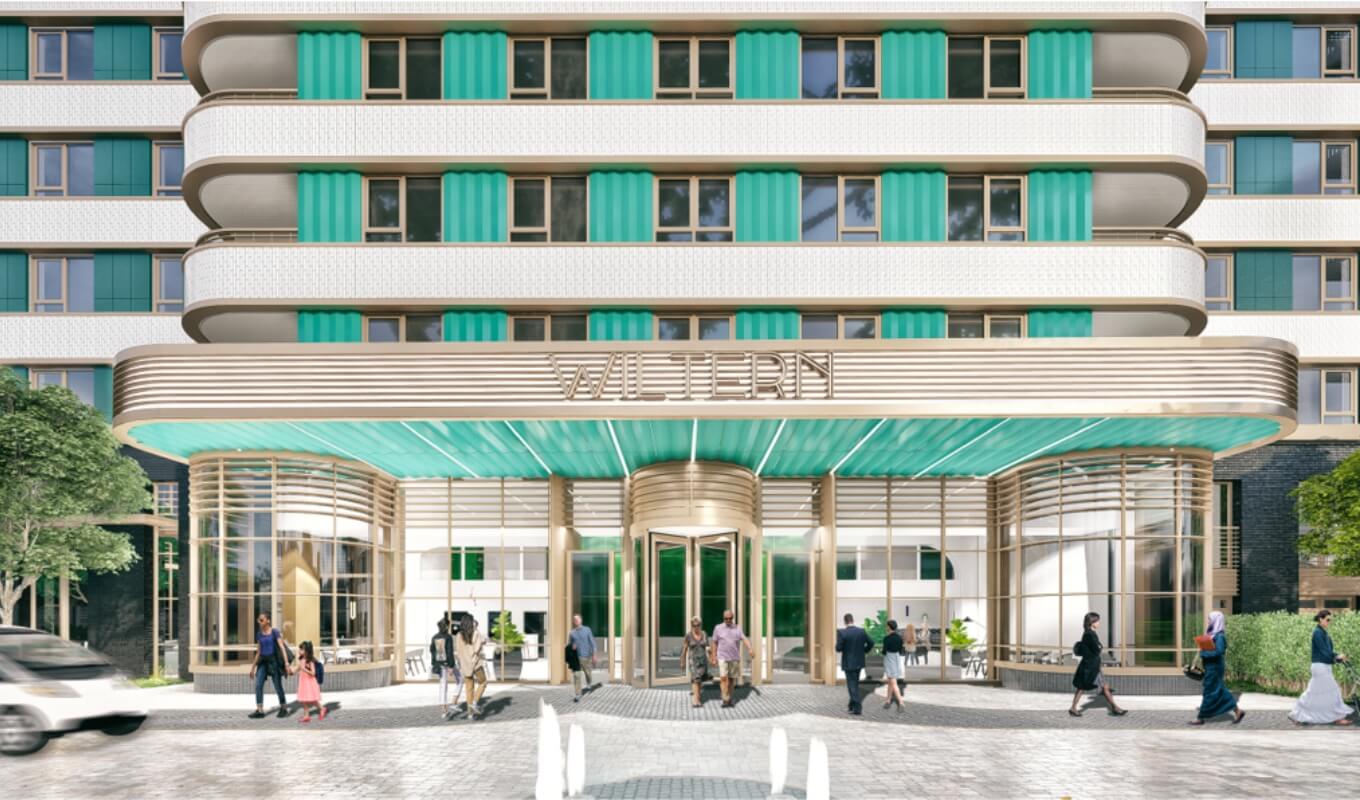Over the last few years, there has been a significant shift towards renting rather than homeownership. This has resulted in a surge in demand for rental accommodations, leading to the increasing attractiveness of the Build to Rent (BTR) market.
The BTR market presents several challenges for developers, including the high upfront investment costs, tight planning restrictions, and construction time frames. Moreover, the market requires robust and flexible management structures that can respond to changing tenant needs in real-time. Developers also need to ensure that the units are designed to meet tenant requirements. For instance, the units should feature adequate storage, comfortable living spaces, and friendly communal spaces that can meet the requirements of a wide age range of residents from downsizers, to singles sharing, to new families. As such, as we saw in the scheme Newsteer supported on known as The Wiltern (LB Ealing) this had resident lounges, work areas, post / store rooms, a guest bedroom available to rent to friends and family, gym, roof top amenity, private gardens a bike store with bike mending facilities etc.
 Despite the challenges, the BTR market presents significant opportunities. Firstly, the BTR model provides predictable income streams over the long-term, which encourages steady investment. Additionally, the provision of high-end amenity spaces and community areas that enhance lifestyle and convenience underpins the premium monthly rent that the BTR market commands. This ensures high occupancy rates and lower tenant turnover, resulting in a more secure income stream for developers in the long-term.
Despite the challenges, the BTR market presents significant opportunities. Firstly, the BTR model provides predictable income streams over the long-term, which encourages steady investment. Additionally, the provision of high-end amenity spaces and community areas that enhance lifestyle and convenience underpins the premium monthly rent that the BTR market commands. This ensures high occupancy rates and lower tenant turnover, resulting in a more secure income stream for developers in the long-term.
For local authorities, BTR provides a unique opportunity to address the lack of affordable homes. However, it presents several challenges such as densification and infrastructure provision. Regulatory constraints limit the amount of affordable housing for low-income tenants that developers can provide in the BTR model. By partnering with developers and effectively regulating the BTR market, local authorities have a chance to influence the delivery of affordable housing and ensure sustainable development in the long run. The provision of quality community amenity spaces and communal areas create a sense of identity and community, building up a more cohesive local area.
With the BTR market predicted to grow considerably in the coming years, it is an opportune time for developers and local authorities to explore the opportunities presented by the market. As the demand for rental properties continues to grow and evolve, the BTR model presents an opportunity to meet evolving tenant requirements in real-time. The provision of added inclusive and shared spaces such as gyms, coworking spaces, and guest rooms underlines the premium rental values enjoyed by tenants compared to the traditional rental market. Ultimately, strong collaborative partnerships and effective regulation will be the key to unlocking the full potential of the Build to Rent market, offering a new, viable, and exciting era of renting for everyone from downsizers to sharers.
For further information or to discuss your next project, contact Paul Manning, Planning Director.
